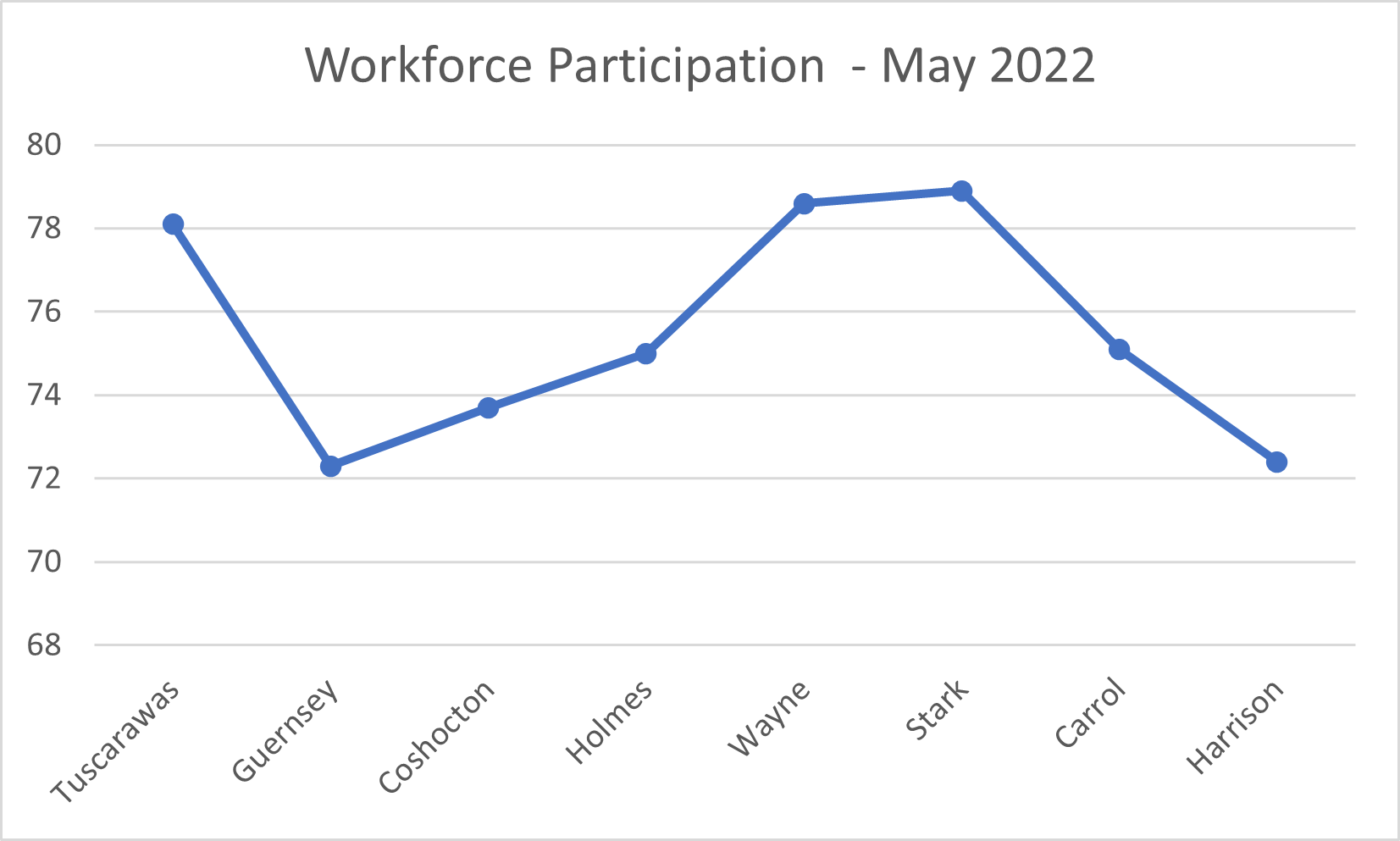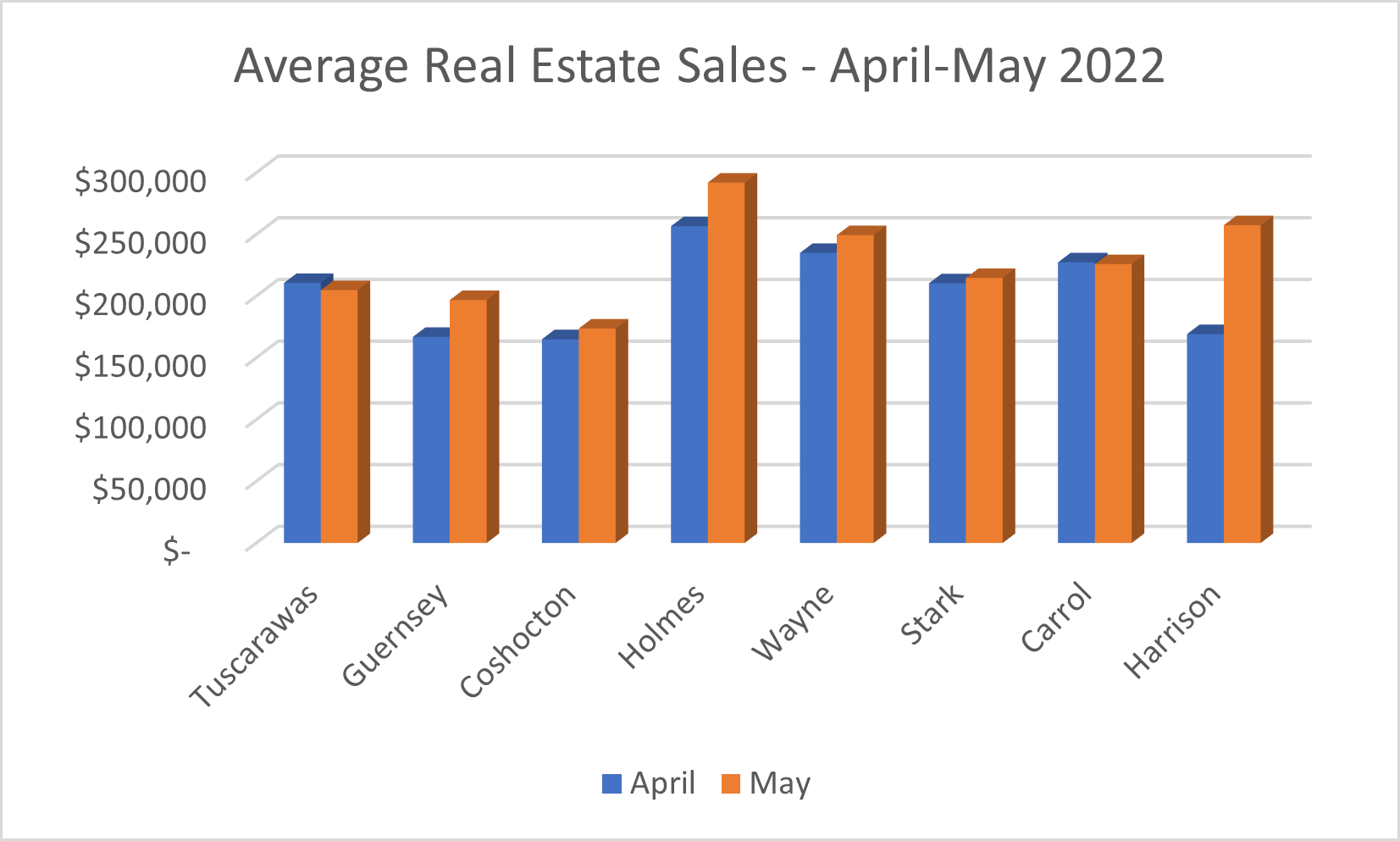State of the Local Economy, Friday Faces, and the Broadband Accelerator
I try my best to watch, follow and read as much as I can about the economy. I am fascinated with macroeconomics & how policy is used to slow this number, and how the government intervening can have both intended and unintended consequences. Has the Consumer Price Index (CPI) caught up to the amount of money we have printed yet? If you don’t know, the Consumer Price Index is a way to measure inflation. We still don’t know if inflation has plateaued.
I find it interesting to watch the powers that be, as they find ways to shape and mold the economy to get it where they want. It is like a big machine with levers and pulleys that they continuously push and pull. When the housing market goes array, and prices soar, the federal reserve turns up the interest rates, like it is a dial on this apparatus we call the economy. “There, that ought to slow that down.” There is a lot of speculation and debate in the air recently. Recession or not? The current projections I keep hearing and seeing don’t provide much clarity. So many of them are calling for “uncertainty.”
I do not know if anyone is really debating the fact that a recession is looming. If there is a debate, it’s probably a semantical one. I thought it might be helpful to see exactly how “recession” is defined by investopedia.com:
A recession is a macroeconomic term that refers to a significant decline in general economic activity in a designated region. It had been typically recognized as two consecutive quarters of economic decline, as reflected by GDP in conjunction with monthly indicators such as a rise in unemployment. However, the National Bureau of Economic Research (NBER), which officially declares recessions, says the two consecutive quarters of decline in real GDP are not how it is defined anymore. The NBER defines a recession as a significant decline in economic activity spread across the economy, lasting more than a few months, normally visible in real GDP, real income, employment, industrial production, and wholesale-retail sales.
I must admit I always assumed the two consecutive quarters thing was a good rule of thumb. However, we now have a much more subjective way to call a recession. We apparently wait for the National Bureau of Economic Research to declare that we are in fact in one. Still, I believe most people are patiently awaiting the close of this quarter, to declare an official recession.
What makes this economic downturn unique, is the fact that we are amidst a labor shortage. If you recall the Great Financial Crisis (GFC) of 2008, you likely remember the layoffs. It was across the board. At that time, I was working for a company, that had, up to that point, proudly made the claim they had never laid-off employees. Lucky for me, I had accumulated enough seniority at the time to keep my gig. But, nonetheless, after 2008 they could no longer make that claim. Typically, when a recession hits the economy, lay-offs follow. However, we are amid the largest competition for labor, we have seen in decades. According to the guys on the “All in Podcast”—which I highly recommend listening to—there are currently two jobs available for every person in the market. We have seen 11 million jobs or more available for 6 consecutive months. That is incredibly high competition for labor. Below is a historic graph of open positions going back to 2002. You can see in the last two years; that the competition has risen dramatically.
Why are there so many open positions?
Why is this occurring? Why are there so many open positions? Well, COVID-19 affected us in many ways, including the labor market. During the pandemic, a few fundamental shifts happened in the economy that might have gone under the radar a little. A lot of people are figuring out creative ways to get by without working on a payroll. Business start-ups have skyrocketed, including many web-based businesses that continue to thrive even with the worst of the virus behind us. Forbes magazine has called this “Covids Entrepreneur Explosion.”
In 2020, more than 4.3 million people registered for new business applications, according to the U.S. Census Bureau. That’s nearly 840,000 more than 2019—a 25% jump. It’s a stark difference compared to the 2008 credit crisis, which saw an 8% drop in new applications.
With the emergence of Uber, Door Dash, and so on, we are also seeing more 1099 positions come available that allow people flexibility. What does that all mean? Well, there are a few scenarios that could unfold. This could mean wages continue to rise. Competition for labor is the primary driver of increases in salaries. For many years wages were stagnant, with the median household income remaining in the same range between 52k-60k a year from 1990 to 2016. The possibility here is that companies begin making their positions more desirable.
Some analysts speculate the work has to be done by someone, and layoffs aren’t going to help with that problem. Other analysts suggest layoffs will come in the way of white-collar workers, as the vast majority of these open positions are blue-collar. And then yet some more even speculate that these new forms of income have yet to prove themselves through a recession and that as less and less cash flow is available, this could bring people back in line looking to get onto a payroll. It makes sense. I don’t believe many struggling families in a recession will be eager to pay $15 for a value meal on Door Dash.
So as we approach what appears to be a looming downturn, I become a little curious about our local metrics and decided to do some digging to see how we are performing so far. I have included surrounding counties in this as a measuring stick. We are going to dig into workforce numbers and housing: unemployment rate, workforce participation rate, number of sold real estate listings, and the average price of the listing sold.
From April to June, according to numbers from the Bureau of Labor Statistics, Tuscarawas County continues to see the unemployment rate fall from 3.2% to 2.9%. This fairs better than most of our neighbors with the exception of Holmes County, and Wayne County.
According to numbers from the Department of Labor, our workforce participation rate also fairs better than most of our neighbors, as we have 78.1% of eligible people going to work. This is behind only Wayne and Stark Counties, respectively checking in with 78.6% and 78.9%.
When measuring the number of sold properties, the population of the county is a factor. More households mean more sales. But we can still measure this month to month to check the health of our local housing market. According to numbers provided by MLSNOW, in April, Tuscarawas County closed a total of 79 properties, and May was an even hotter month with 85 sold listings. We should also note that 5 of the 8 surrounding counties measured by our report have seen increases in sales, indicating thus far, we have not seen a slowing in Real Estate Sales in response to speculation of a recession.
And lastly, home values are important to everyone. With the Great Financial Crisis of 2008 being so tied to property values, everyone is eager to know if we have a housing bubble that is about to pop. Thus far the numbers do not indicate that is the case. 6 of the 8 counties measured saw their average home sale price increase from April to May, and none that dropped did so enough to indicate we are witnessing a decrease in property values.
All in all, it appears to me that our local economy is unaffected or isolated from any downturns as a result of the macroeconomics at play. Of course, we are experiencing many of the issues other communities are nationwide. Labor shortages, supply chain issues, and inflation are issues we must suffer through with the rest of the nation. However, we see the workforce is working, and the housing market is steady. If you have any indicators, you’d like to see us add to the list of stats we’re covering and reporting on from time to time, feel free to let us know what they are!
Market Statistics You’d Like Us to Cover?
Thank you all for a wonderful June. It continues to be my pleasure to advocate for the Economic Advancement of Tuscarawas County! Next, I have a word from our Executive Director, Marla Akridge.
JC Shively,
Business Development Director
A Message from the Executive Director
Growing up in Monroe & Belmont Counties I’m naïve! The 4th of July (Independence Day) is one of my favorite holidays, and I can’t wrap my head around a shooting during a parade. My family every year reads the Declaration of Independence. I suggest you take a moment and read it; if you haven’t it helps keep me grounded. The founding fathers were amazing!
Tuscarawas County Broadband Accelerator Program is in full swing, and we are starting week five. The end result will be a comprehensive plan for the county. Soon we will be asking you to help us with data collection by filling out a short survey for your commercial broadband needs and residential broadband needs. This past week I truly realized the importance of having great speeds and a working computer. My computer crashed at work and now I’m working off my Surface and borrowing everyone’s computer in the office. Broadband is like having electricity or water & sewer.
Friday Faces!
Do you have a young rock star or employee that goes above and beyond? Fill out the form below, snap a photo and we will feature them as a Friday Face. This initiative is to show the community you can have a great job here in Tuscarawas County. We are targeting people 40 and under. Here is an example of our Friday Faces.
Submit Someone for Friday Faces Right Here!
It is hard to believe that I stepped foot in the office on January 17th and have been here now for almost six months. I’m putting together a progress report that I will share in August.
Soon, we will have confirmed dates for our Strategic Planning sessions this fall, and I hope ya’ll can join us. Your input is valuable for the future of Tuscarawas County. We would like to hear from you. What keeps you up at night or what excites you to go to work every day? PLEASE SHARE.
Sincerely,
Marla Akridge











